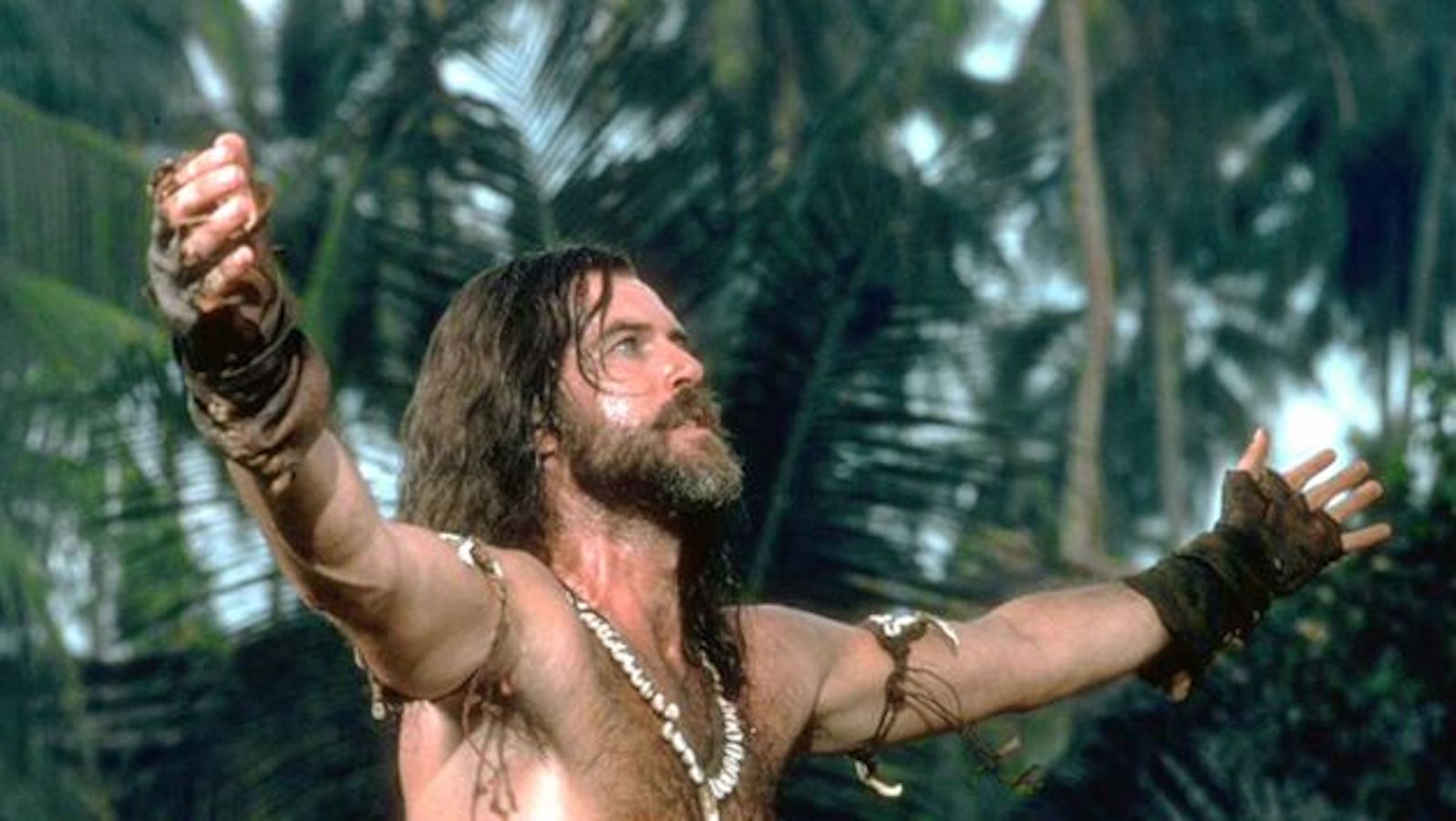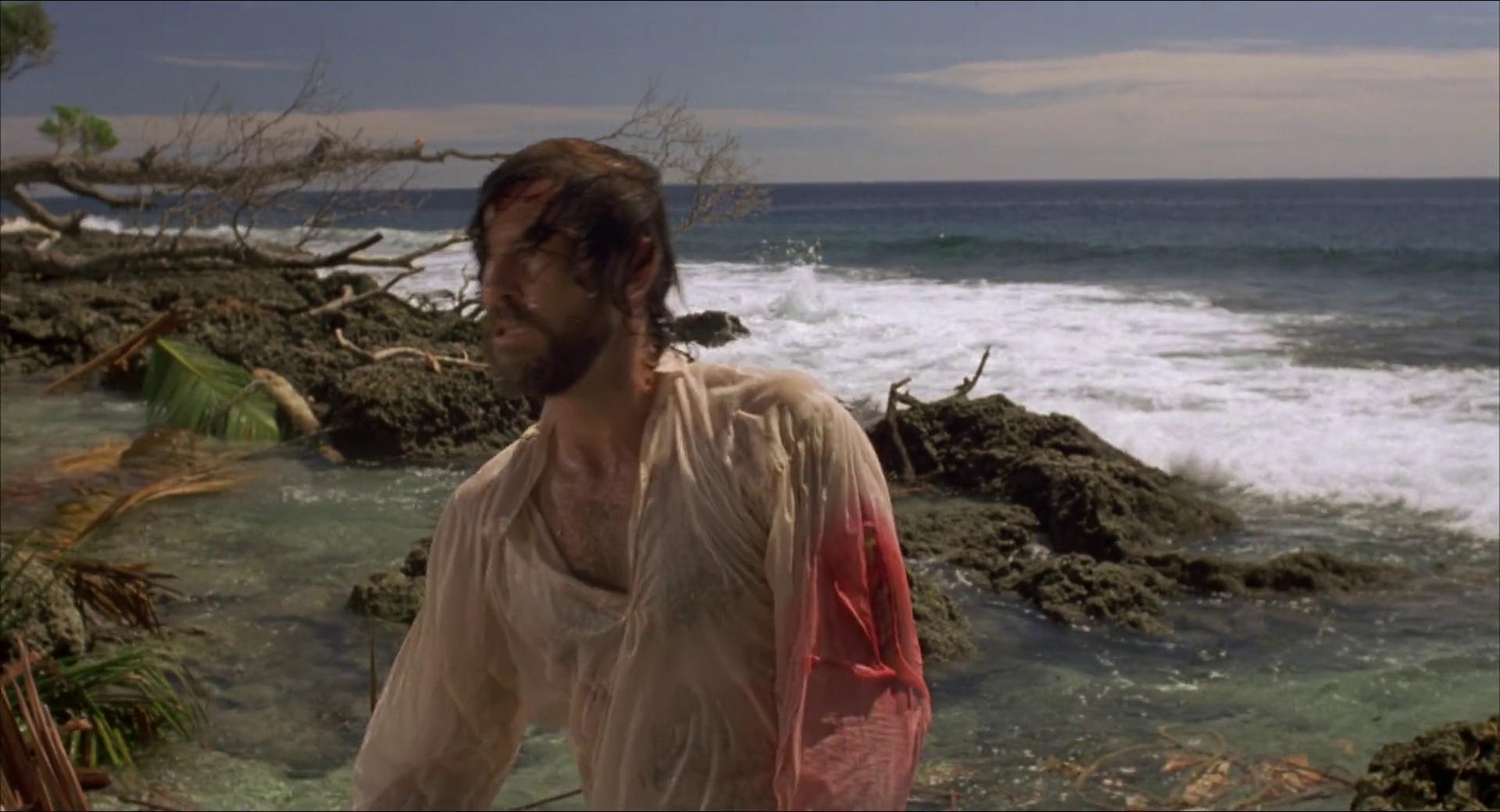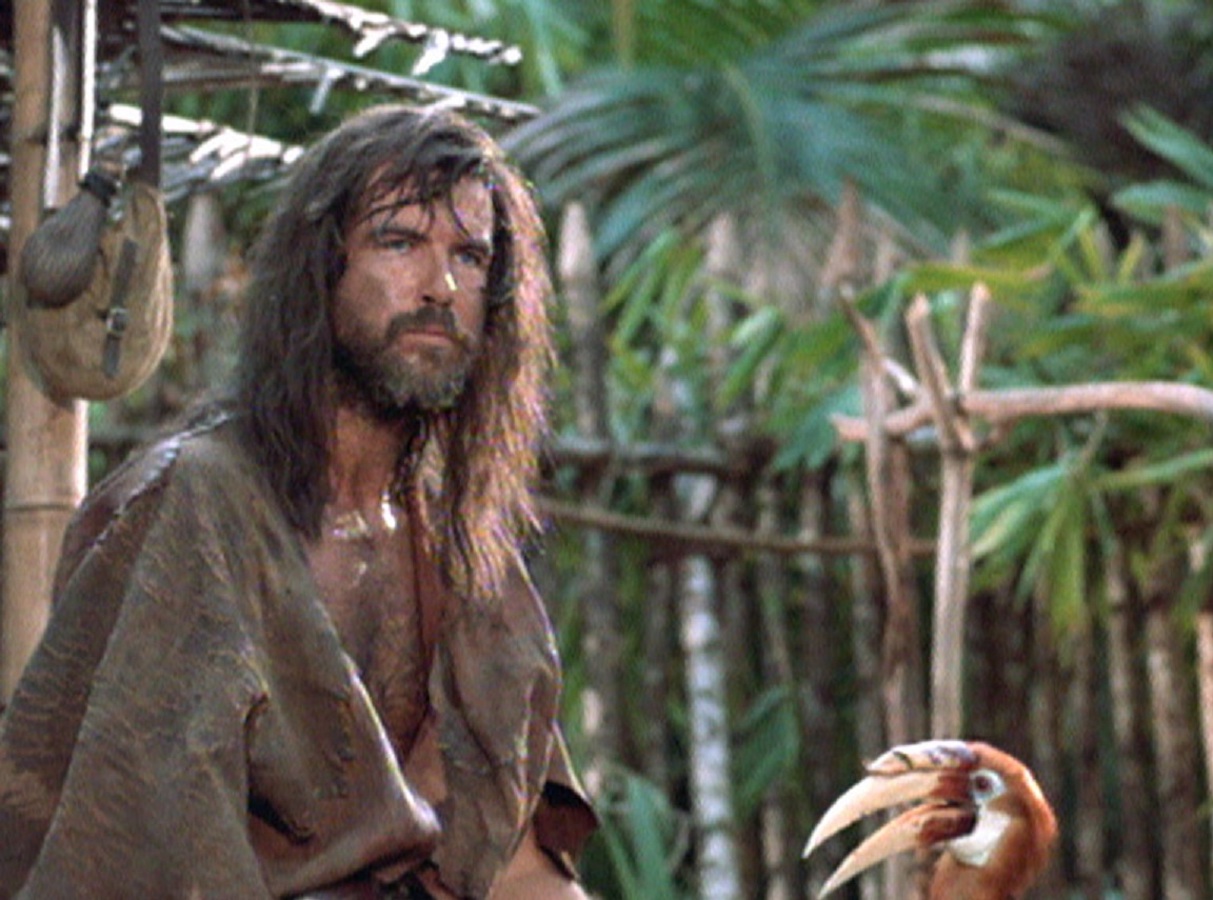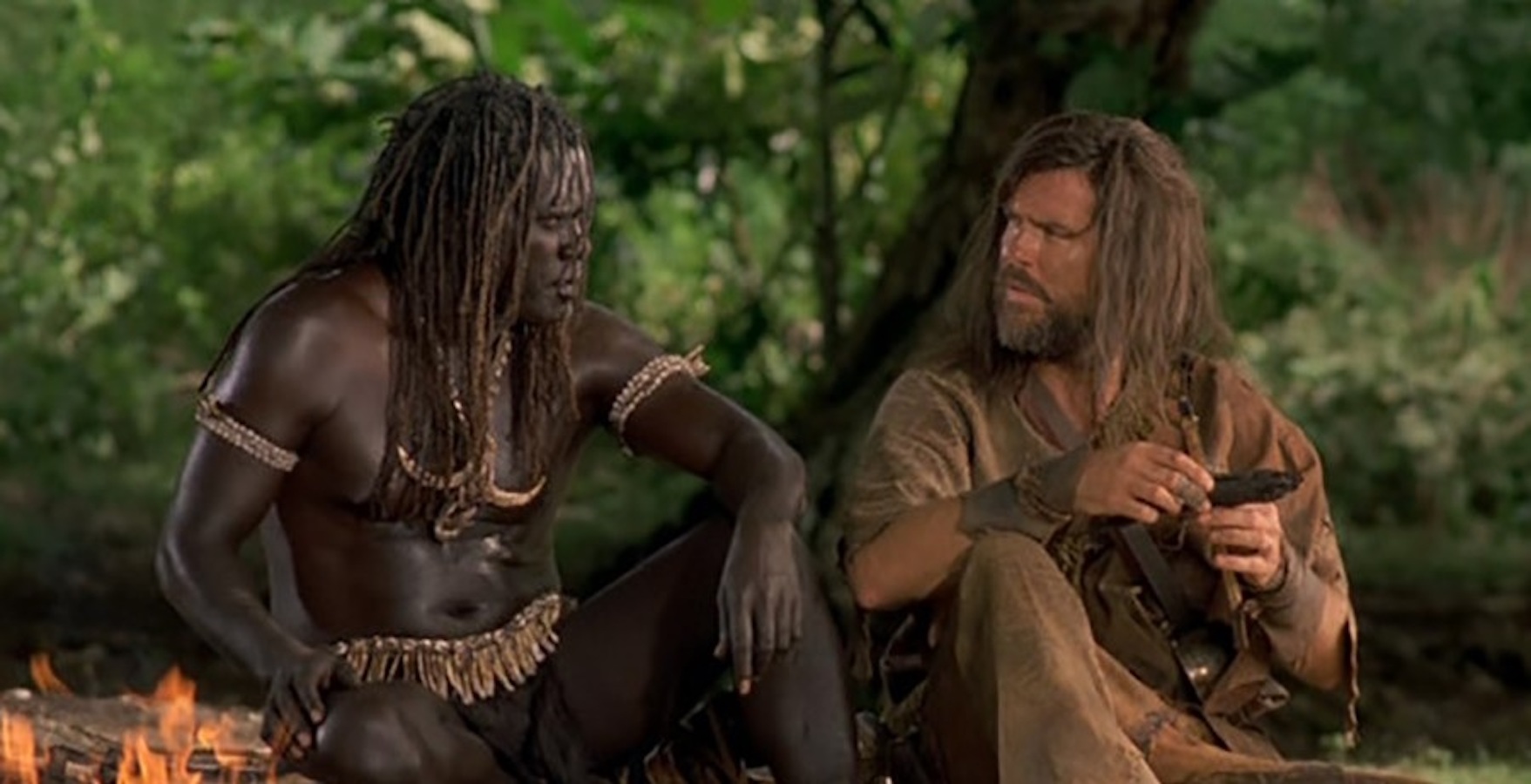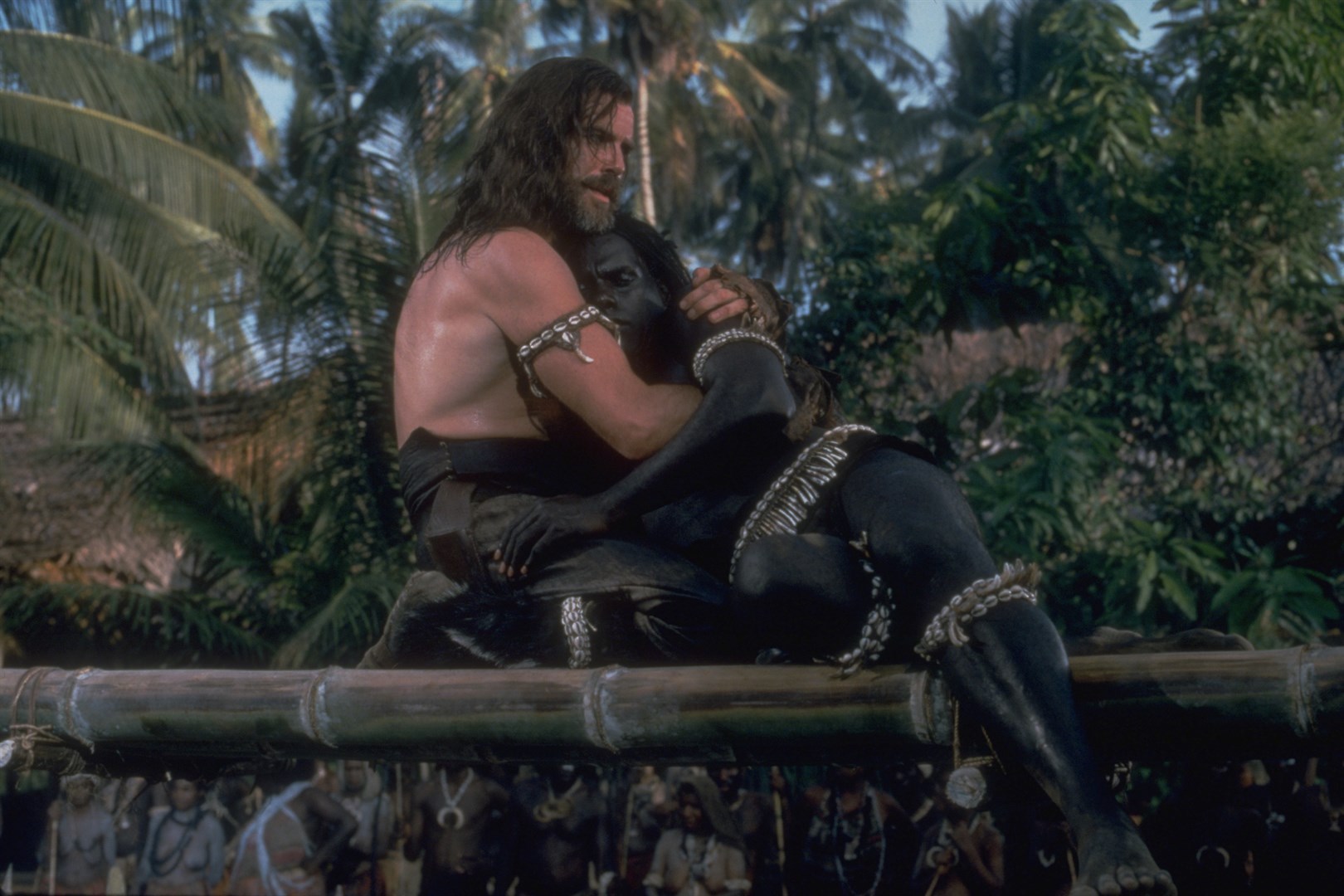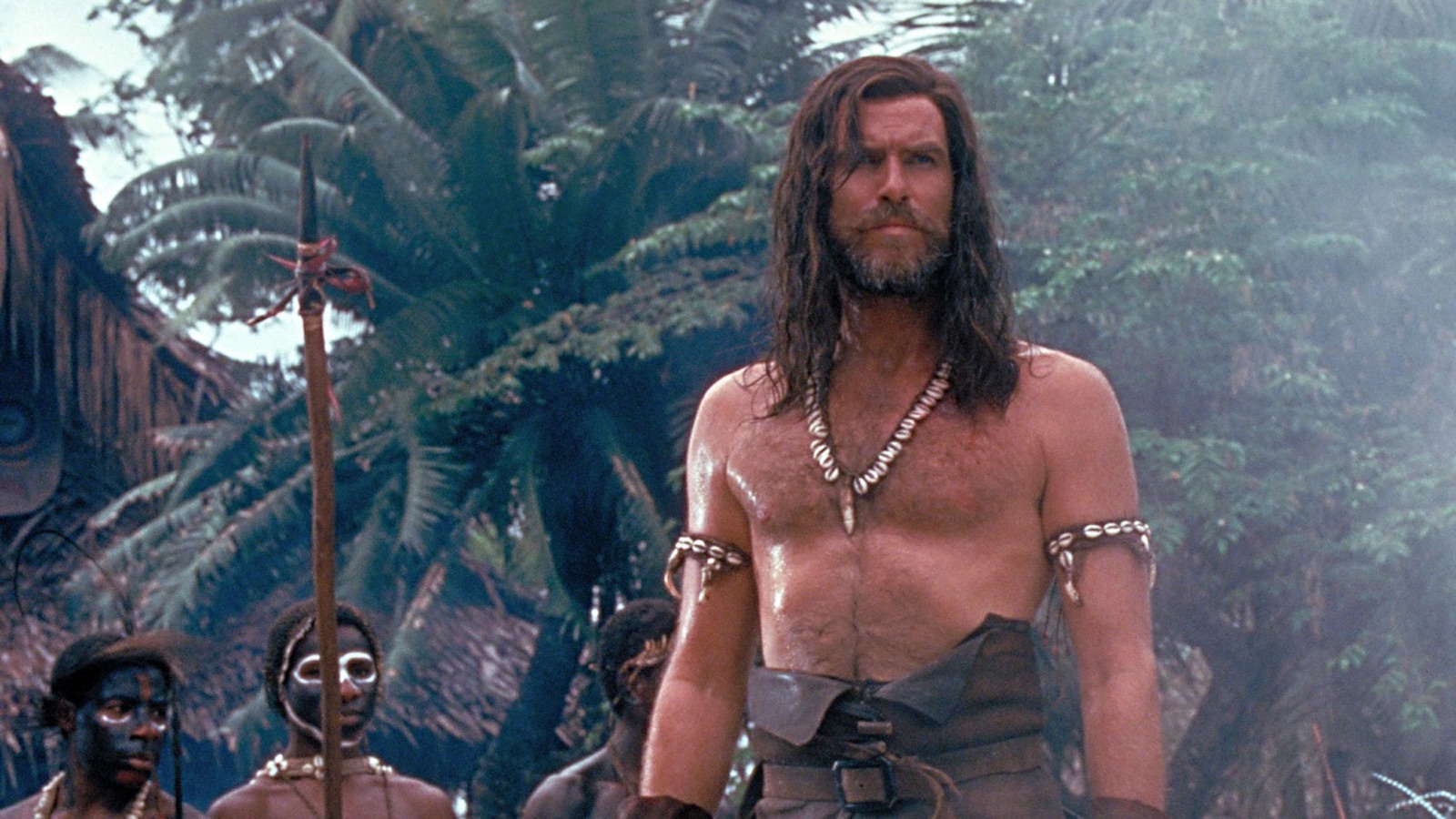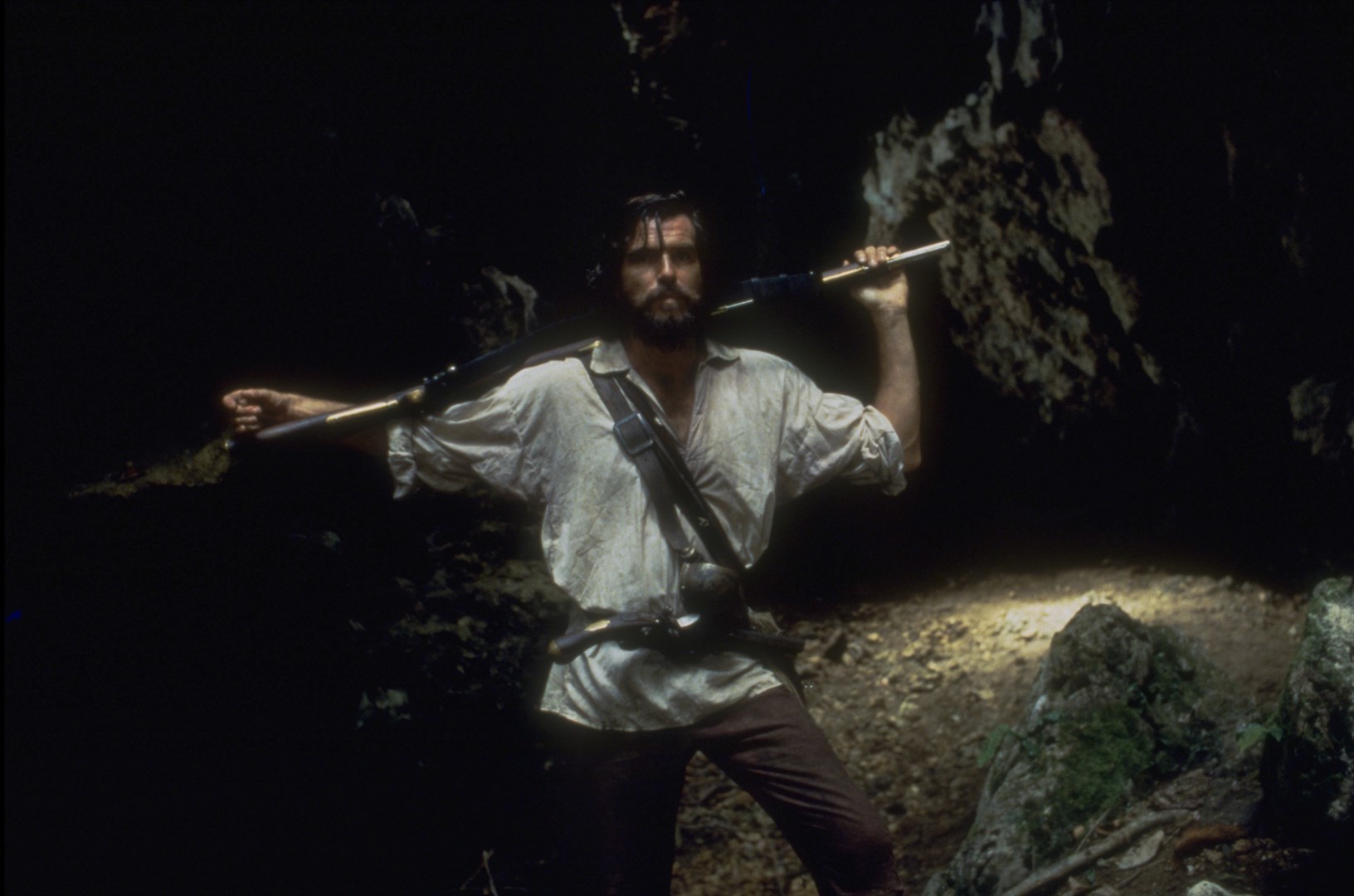Table of Contents Show
Robinson Crusoe’s (( Defoe, Daniel. The Life and Adventures of Robinson Crusoe. 1719. )) dramatic shipwreck left the door open for readers to see the titular character’s development through nature; however, despite readers spending twenty-eight years on an island with him, Crusoe experiences no emotional development by the end of the novel.
The author, Daniel Defoe, is no longer alive to let readers know whether this was his intention, but the ever-repetitive details of a character spending twenty-eight years of solitude in nature seem to suggest it was not.
Analysis Of Robinson Crusoe Doesn’t “Hold Water”
Despite his character’s adventures being considered a staple of the literary canon, and, according to some experts, possibly the first example of the English novel, Robinson Crusoe lacks one of the most basic hallmarks of fiction. Namely, Crusoe does not experience any character growth. While evidenced in many ways, some of the best examples can be found by exploring the novel’s natural elements like animals, plants, and human life and how those elements fail at signifying a personal change in Crusoe as the main character.
The narrative of a character shipwrecked and forced to survive the elements is one of the most classic themes in storytelling, and one through which is it incredibly easy to show negative or positive character growth via the response the character has to their drastically changed environment. This character growth doesn’t necessarily have to be positive despite the connotations of the word “grow.” Character growth can be either negative or positive, and the author can make a statement by purposefully choosing to omit growth altogether.
Character Growth Doesn’t Have To Be Linear, But It Should (At Least) Exist
Crusoe’s story — like so many other narratives upheld as pillars of canon by institutions of higher education — does not, for lack of a better phrase, pull its own weight. There is a plethora of textual evidence as to why novels like Defoe’s are not only unhelpful but possibly actively harmful when used as part of “classic” canon to teach students.
Crusoe comes into contact with nature several times over the course of the book, but his almost three-decade-long stint on an island is his most in-depth experience with it. From his first moments on the island, we see him “connect” with nature. Crusoe narrates,
“All the remedy that offered to my thoughts at that time was to get up into a thick bushy tree like a fir, but thorny, which grew near me, and where I resolved to sit all night, and consider the next day what death I should die, for as yet I saw no prospect of life.”
Daniel Defoe (( Defoe, Daniel. The Life and Adventures of Robinson Crusoe. “Chapter Three.” Project Gutenerg. Prod. Price, David. ))
His first instinct is to seek out protection, and since the island is uninhabited, that shelter is in the form of raw nature: a tree. This theme of using raw elements of nature to simulate the comforts of home is repeated throughout his time on the island. His desire to seek shelter is natural and the results of that desire could be used to reflect upon literally any aspect of Crusoe as a character. Instead, he is simply described as climbing into the tree. There is no inner dialogue for the character and no narrative reflection.
Insightful Inner Monologue Cannabalized By Colonialism
Moving forward in the narrative, Crusoe obtains some materials from his own wrecked ship which he uses to craft a makeshift tent to reside in. Again, it is a completely natural impulse for a person to secure stable shelter in a situation like this. Crusoe’s specific desire to constantly modify his surroundings with facets of colonized life is an aspect of interest.
Not long after, Crusoe feels this protection inadequate and moves his shelter underneath a rock overhang. This series of choices regarding his shelter would make an excellent metaphor for Crusoe attempting to make peace with his new surroundings by gradually making more permanent dwellings. In fact, a reader could interpret these events in such a way. The issue is that, aside from being the character that physically does these things, Crusoe is in absolutely no way moved or changed. He is not at odds nor in harmony with nature; he is simply performing the “correct” series of steps of progressive development.
On top of Crusoe’s need for shelter, he fulfills his need for food by planting crops and heading the island’s native goats. Defoe uses both of these situations to show Crusoe’s need for control. In an attempt to control nature, Crusoe convinces himself that he has outsmarted and successfully colonized it. He applies some knowledge of the natural world, like knowing not to plant all of his seeds at once in case the weather isn’t favorable and knowing to fence in the wild goat herd he found.
These events do not develop his character in any way. Crusoe does not become more in tune with or learn to work alongside nature. He also does not break down in the face of it. He simply takes these “correct” steps of progression.
“But then it occurred to me that I must keep the tame from the wild, or else they would always run wild when they grew up; and the only way for this was to have some enclosed piece of ground, well fenced either with hedge or pale, to keep them in so effectually, that those within might not break out, or those without break in.”
Daniel Defoe (( Defoe, Daniel. The Life and Adventures of Robinson Crusoe. “Chapter Ten.” Project Gutenerg. Prod. Price, David. ))
The possible analysis of this step in Crusoe’s adventure has limitless potential, none of which can be realized because his actions do not create any change in his character.
Fulfilling A Colonial Fantasy Does Not The Character Growth Make
“Growth” by means of developing a skill is never depicted as a part of Crusoe’s narrative. Being stranded on a deserted island and forced to survive is one of the most obvious settings for a character to experience growth of any kind. Instead, Crusoe only applies the knowledge he already has. So much time is spent on Crusoe’s time learning the seasons that the reader would expect more character development to come of it. There is no intellectual or emotional growth to be found in the literal sense or in the symbolism of the life cycle in seasonal crop growth, and that lack of growth is never expounded upon.
At the end of “Chapter Seven”, Crusoe narrates:
“Having mastered this difficulty, and employed a world of time about it, I bestirred myself to see, if possible, how to supply two wants.”
Daniel Defoe (( Defoe, Daniel. The Life and Adventures of Robinson Crusoe. “Chapter Seven.” Project Gutenerg. Prod. Price, David. ))
He accomplishes the growing of food and moves on to discovering a way to make containers to hold that food; there is nothing here but a logical progression of tasks. By this point, Crusoe’s longing for human interaction is shown to only exist in the form of his desire for a servant.
It can be argued that by this point, Crusoe’s narrative exists solely for the purpose of fulfilling a colonial fantasy.
Crusoe As Canon: Pointless At Best, Actively Harmful At Worst
The depiction of enslavement and servitude shown in Crusoe’s narrative is perhaps one of the most well-known arguments for pulling this book from the literary canon once and for all. Not only is there no need for a text of this nature to be used as an educational tool when there are other novels that can perform the same function without doing harm to readers, but continuing to teach with Crusoe’s narrative may even unintentionally cause students to perpetuate inaccurate stereotypes or historical anecdotes.
Perpetuation Of Tokenization
Because of the way literary canon is often taught — at least in Western institutions — through a series of “core curriculum” courses, the system increases the chances that students will be enrolled and participating in classes that they have no real interest in. Therefore, while the class as a whole gets exposed to the same content, there is a larger variation of students consuming that content, which could increase the possibility of novels that require critical thinking to be consumed in a way that perpetuates tokenization rather than dismantling it.
Defoe depicts Crusoe’s need for companionship as being “fulfilled” by the arrival of Friday, a young man who appears on the island. Crusoe immediately names this person, asserting a level of ownership and control over them. This is not surprising, however, because Friday is a cannibal who was held captive by a different group of cannibals; all quite a convenient portrayal of what are described to be indigenous peoples by a white man. This otherwise pivotal moment of possible transformation for Crusoe is left stagnant, dulled almost completely by the nature of colonization: discover, other, dominate, own.
A Situation Ripe For Micharacterized Analysis
Having otherwise lived completely in solitude, Crusoe finally gets a face-to-face interaction with someone who in regular society would be considered “under his station.” There is an opportunity for Crusoe to exhibit positive character growth by bonding with this person and becoming mutual companions in their quest for survival, negative character growth by capturing this person and inflicting malicious harm on them or even a purposeful lack of character growth by choosing not to rescue or interact with them to ensure his own survival.
Instead, Crusoe once again engages colonialism by doing nothing other than taking the “proper” steps to secure ownership of this being he perceives as lesser.
“After I had been two or three days returned to my castle, I thought that, in order to bring Friday off from his horrid way of feeding, and from the relish of a cannibal’s stomach, I ought to let him taste other flesh; so I took him out with me one morning to the woods.”
Daniel Defoe (( Defoe, Daniel. The Life and Adventures of Robinson Crusoe. “Chapter Fifteen.” Project Gutenerg. Prod. Price, David. ))
Perhaps Crusoe’s relationship with Friday is used by Defoe in an attempt to show his main character’s reassertion into a “normal” relationship with other humans, but it fails to provide any insight into Crusoe’s own development or lack thereof. This provides a situation ripe for readers to mischaracterize the relationship between Crusoe and Friday.
The Perfect Storm: Did Defoe Fail If He Didn’t Actually Try?
The end of Robinson Crusoe is possibly one of the best examples from within the text to highlight the argument that Defoe did not purposefully omit his main character’s growth. In one of the very last passages in the novel, Crusoe describes his life after being rescued,
“In the meantime, I in part settled myself here; for, first of all, I married, and that not either to my disadvantage or dissatisfaction, and had three children, two sons and one daughter; but my wife dying, and my nephew coming home with good success from a voyage to Spain, my inclination to go abroad, and his importunity, prevailed, and engaged me to go in his ship as a private trader to the East Indies; this was in the year 1694.”
Daniel Defoe (( Defoe, Daniel. The Life and Adventures of Robinson Crusoe. “Chapter Twenty.” Project Gutenerg. Prod. Price, David. ))
After all, he had been through on the island, Crusoe finally escapes only to start a cycle of repeating his past mistakes. His indifference towards his personal relationships, inability to care about nature instead of making money as a trader, and ignorance of the dangers of sea-faring after his experience show that, not only has he not grown but that he has experienced almost no change of any form after a two-decades-long traumatic event. It is as if Defoe plucked the Crusoe as we knew him from Page One and plopped him down on the final page, totally unaware of anything that took place in between.
Defoe’s use of symbolism and metaphor through natural elements would be an excellent way to show a character’s growth — negative or positive — over a long period of isolation. Robinson Crusoe, however, leaves the island no different than when he arrived. There is very little room to argue that Defoe made this choice on purpose because there is no textual evidence supporting that theory.
The Fruitless Effort Of “Finding Meaning” In Antediluvian Canon
From the very beginning of Crusoe’s narrative, Defoe fails to depict anything other than a one-man colonial experiment — a fantasy for colonists where even the direst conditions of personal peril can and will lead to the white man’s “natural place” at the top of the hierarchy.
At first, it may be tempting to use the text’s supposed position as one of the first English novels to explain why there is no perfect, planned arc of character development. Unfortunately, that argument holds very little water (pun intended) when the art of storytelling is established as predating its written form by thousands of years. Reader analysis of Crusoe’s story as Defoe purposefully hindering his main character’s development is certainly interesting, but not much about the events in the narrative seems purposeful at all, let alone evidence for a nuanced perspective.
Perhaps the Western world’s desire to find meaning in Defoe’s story is itself the perfect metaphor for our own, collective lack of character growth. Robinson Crusoe as a text may be one of the best metaphors for criticizing the legitimacy of the literary canon. We perform the expected actions of learning and analysis through literature in the same way Crusoe performs the expected actions of “growth,” oftentimes arriving at the same result: a colonized fantasy that perpetuates harm.

